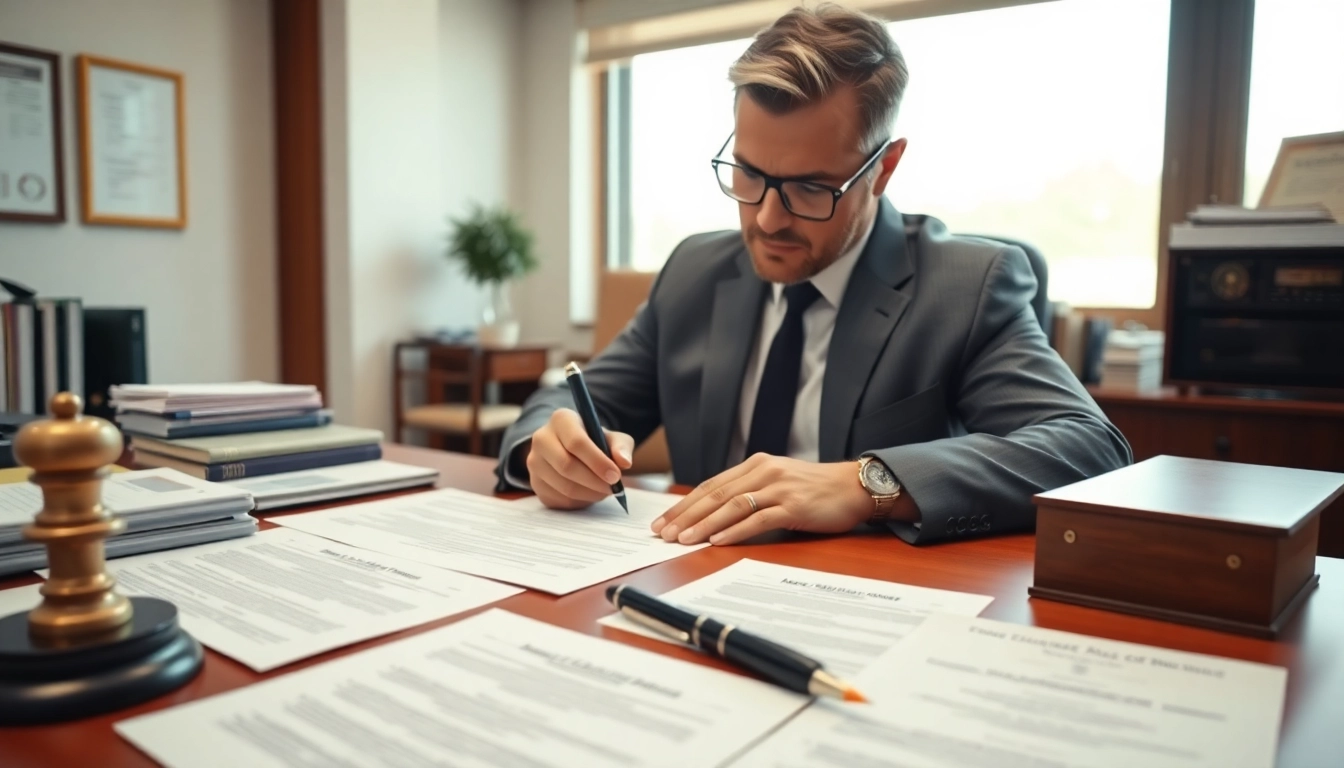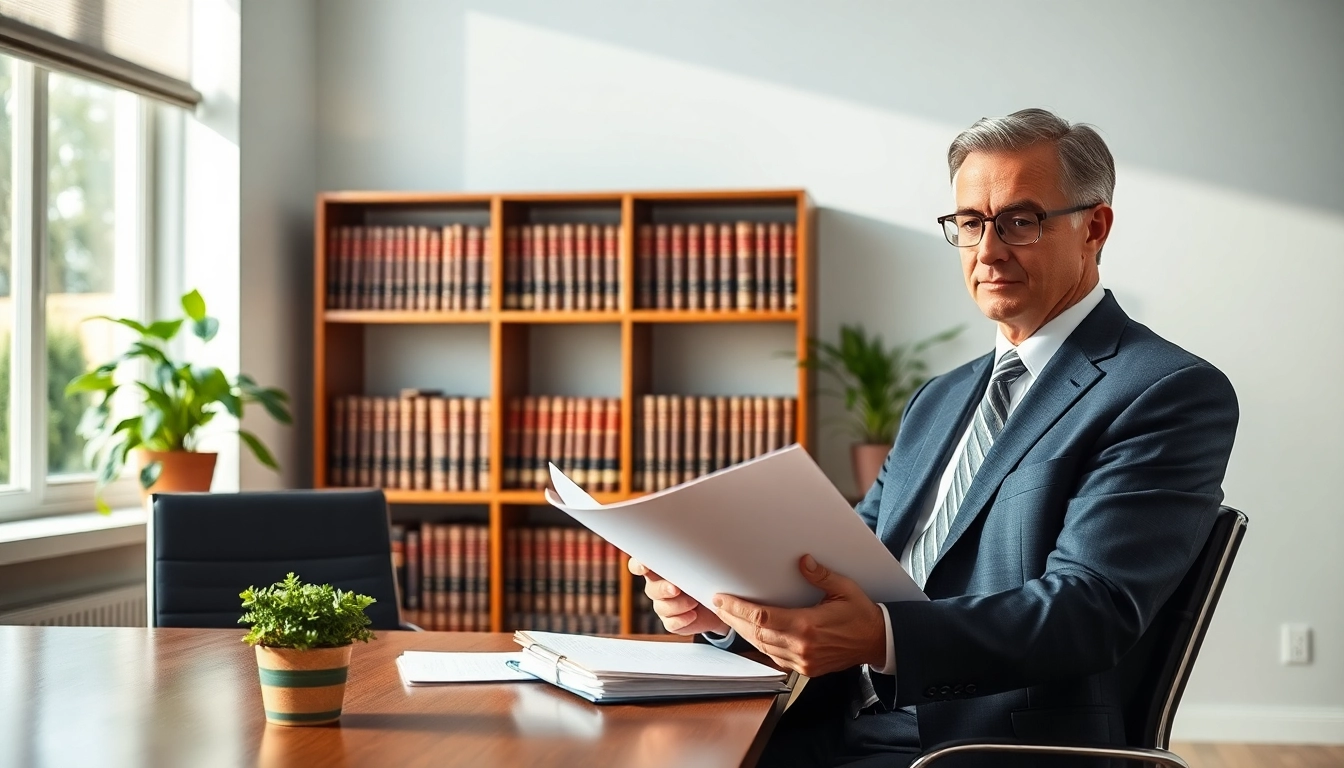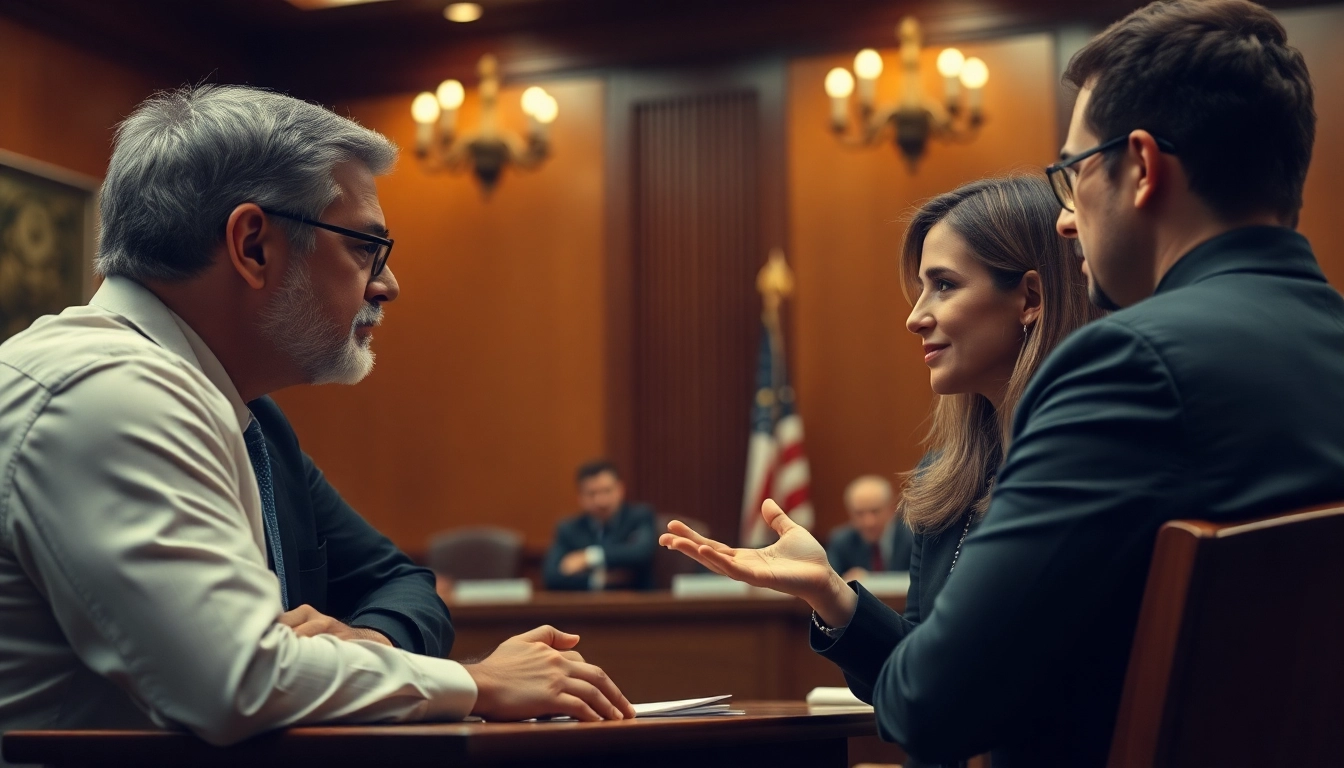Understanding the Basics of Document Certification
What is Document Certification?
Document certification is the process through which a copy of an original document is verified to be a true and accurate replica. This process is essential in various contexts, such as legal, governmental, or personal situations, where there is a need to prove the authenticity of a document to another party. Certification typically involves an authorized individual, such as a notary public, who will examine the original document and then apply their signature and seal to the copy, signifying that it is a correct representation of the original.
Why Might You Need to Certify a Document?
There are several reasons you may need to certify a document. One of the most common scenarios is when you need to present documentation for official matters. This might include applying for a passport, pursuing an academic program abroad, or submitting documents for legal proceedings. Additionally, employers may require certified copies of diplomas or certifications for verification purposes. How to certify a document without a lawyer can save you time and costs while ensuring that you have the necessary verified documents at hand.
Legislation Surrounding Document Certification
Document certification is governed by state and federal laws, which outline who is permitted to certify documents and the procedures that must be followed. Each jurisdiction may have different requirements, including the qualifications needed for certifiers. Therefore, it’s crucial to familiarize yourself with your local regulations to ensure compliance. Failing to adhere to these legal requirements can lead to the rejection of documents or delays in important processes.
Identifying Alternatives to Notary Services
Can You Legally Certify Without a Lawyer?
Absolutely, you can certify documents without the involvement of a lawyer. While lawyers can provide notary services, their services can often be more expensive, and in most cases, they are not necessary. Various other professionals, including notaries public, commissioners for oaths, and even certain public officers, are legally authorized to certify documents. Understanding these alternatives allows you to choose the best method for your needs.
Different Scenarios for Certifying Documents
Certain scenarios prompt the need for document certification without a lawyer. For example, you might need a certified copy of a birth certificate for passport applications, or you could require a certified copy of a contract for business transactions. Depending on the documents needed, you may choose to find a local notary, utilize online certification services, or explore options offered by local government offices.
Using a Justice of the Peace or Commissioner for Oaths
In many jurisdictions, a Justice of the Peace (JP) or a Commissioner for Oaths can provide document certification services. This route often proves convenient and cost-effective. JPs are typically available in community centers or local court offices, while commissioners for oaths may offer their services in a variety of locations. It’s advisable to call ahead to confirm their availability and any associated fees.
Requirements for Certification of Documents
Necessary Documentation
In order to certify a document, there are certain documents you will typically need to provide. This usually includes the original document and, in some cases, a valid photo ID to verify your identity. Depending on the certifier you choose, they may also have specific forms or additional documentation requirements, such as proof of address or purpose for certification.
Identifying a Reliable Certifier
Choosing a trustworthy certifying authority is crucial to avoid complications. Research local notaries or other professionals to ensure they are licensed and have good reviews. Online databases can often help you verify someone’s credentials. Asking for recommendations from friends or family who have been through the document certification process can also lead you to reliable certifiers.
Common Mistakes to Avoid
One common mistake is assuming that any individual can certify documents. It’s essential to verify that the person you choose has the legal authority to do so. Additionally, failing to provide the original document or neglecting to review local certification requirements may lead to delays. Always double-check the rules in your jurisdiction and ensure you are prepared with all necessary documentation before seeking certification.
Step-by-Step Process to Certify Documents
Preparing Your Document for Certification
The first step in the certification process involves preparing the original document and making sure it is complete and legible. Ensure that all pages are intact and check for any handwritten annotations that might require clarification. If necessary, make photocopies beforehand, so you can present them to the certifying party as well.
Finding the Right Certifying Authority
Once your documents are ready, the next step is to identify a certifying authority. This can include searching for a notary public or a Justice of the Peace. Many places of business, such as banks, may also offer notary services. Searching online directories or community boards can also yield options. Schedule an appointment if necessary, and inquire about any specific needs they may have for the certification process.
Completing the Certification Process
When you arrive at the office of the certifying authority, present them with the original document and the copy to be certified. They will review the documents and ask for your identification. Following that, they’ll apply their signature and seal, completing the certification. Ensure to ask how you will receive the certified document—whether you can pick it up, or if they will mail it back to you.
Understanding the Implications of Document Certification
How Certified Documents are Treated Legally
Certified documents hold legal authority and are often equal, if not greater, in weight than the original document in legal matters. Courts and other institutions generally accept certified copies as valid representations of original materials, facilitating smoother processes in administrative and legal dealings.
Challenges You May Encounter
While the certification process is generally straightforward, challenges can arise. These may include finding a willing certifier, understanding the specific requirements for document types, or dealing with the rejection of your certified documents by authorities if they were not completed correctly. In some cases, additional information may be required, or further steps to authenticate documents may be necessary.
Best Practices for Keeping Certified Documents Safe
After certifying your documents, it’s vital to store them properly to avoid any damage or loss. Use a safe or a dedicated file folder that is both secure and moisture-resistant. Make digital copies as a backup, and keep them on an encrypted drive or cloud storage. Proper organization will ensure that you can always retrieve your certified documents when needed.














Leave a Reply